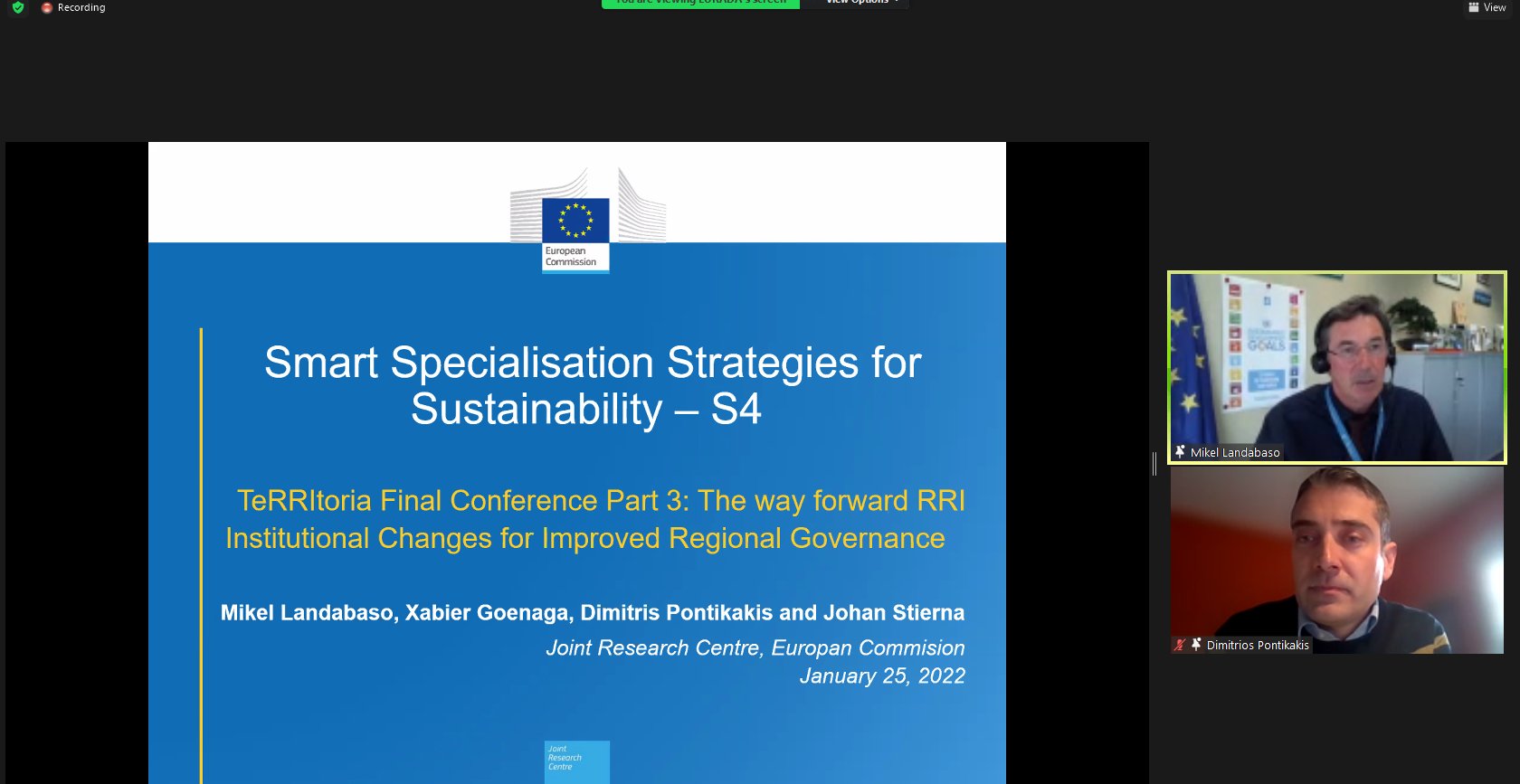Building Bridges for Knowledge Exchange across Trøndelag
No time to read? Headache? Scroll down for a video summary
The Norwegian region of Trøndelag is special in terms of its very low overall population density, hosting only 8.74 people per km2 compared to an EU average of 105.3 people/ km2 and a German population density of 231 people/km2. Trøndelag has very few urban centres and a lot of emptier space that could be described as “hinterland”. The only major city in the region is the regional and administrative centre of Trondheim, while most of the rest consist of smaller towns, rural communities, agricultural land, and wild nature. A strong feature in Norwegian public discourse is concern about centralisation. National government efforts to combine administrative districts in order to improve the welfare services those smaller communities can offer, for example, often face local political backlash. Universities are also increasingly a centralising force within the country and make the places they inhabit more outward and globally oriented.
Against this backdrop of centralisation, TeRRItoria’s Transformative Experiment in the region is working to build bridges between Norway’s largest university – the Norwegian University of Science and Technology (NTNU) in Trondheim – and its hinterland. The more remote communities chosen to focus on are Røros, an inland community traditionally famous for mining, nowadays for local food, tourism and industry and Namdalen, a large region stretching from the coast eastwards to the border with Sweden with a variety of industry, fish farming and forestry.
In defining their objectives, the project partners in Trøndelag take three perspectives into account: that of the university (in the regional centre), that of the smaller communities (in the regional peripheries), and that of the middle, or the project partners themselves (in between the other two).
Seen from university’s perspective, the aim is to improve education to produce graduates that contribute to society and to the economy of the region. Seen from the regional peripheries, the objective is to attract young and highly educated workforce to move to and stay in their communities. From the middle vantage point (the county council), supporting and creating a mutual flow of knowledge and resources between the other two interest groups is their main goal.
The project partners aim to enable this mutual flow of knowledge by building three kinds of “bridges”:
- Students – Work can be done to make them familiar with opportunities outside the regional centre.
- Young graduates – These can also be made familiar with such opportunities.
- University researchers and teachers – These can act within the university as ambassadors for specific regions.
The Transformative Experiment has now concluded its co-design phase. Its achievements involved learning about each other’s priorities and perspectives, building on and learning from existing activities and networks, and identifying promising “bridge-building materials”. These ways of trying to build bridges were identified in a few ways. First, the project partners interviewed students about their perspectives on the regional peripheries, especially those taking part in study programmes which include mandatory internships out in the peripheries. Secondly, they spoke to young graduates who had taken part in exchange programmes with those areas to discuss how to improve those programmes. Lastly, they identified researchers and educators who would be willing to function as ambassadors.
Current and future activitie
The experiment has now moved into its implementation phase and is working on a number of activities targetting these three groups of bridge-builders:
- With the students, they are working on matchmaking between students and teachers seeking internship enterprises, places, and the regions, organising support for the practical execution of internships in regions, and integrating a focus on the regions into a cross-disciplinary course which most university students have to complete regardless of their chosen major.
- As regards the young graduates, the partners are giving practical advice in the recruitment of new trainees to the peripheral regions. They are also discussing possible development of the trainee period to make it more attractive. They expect this to increase knowledge flows into the regions
- When it comes to the ambassadors, the partners are doing research interviews with them in order to better understand their motivations, their experiences, and the types of support they need and give them useful information.
The ultimate ambition here in Trøndelag is to institutionalise this way of encouraging knowledge exchange. To this end they are looking for stable funding sources which would allow it to be institutionalised without risk of it suddenly ending due to financial constraints.
Want to know more? Have a look at this video we have produced in which Thomas Berker of NTNU summarises the challenge of deterritorialisation faced in Trøndelag and the bridge-building approach described above.





